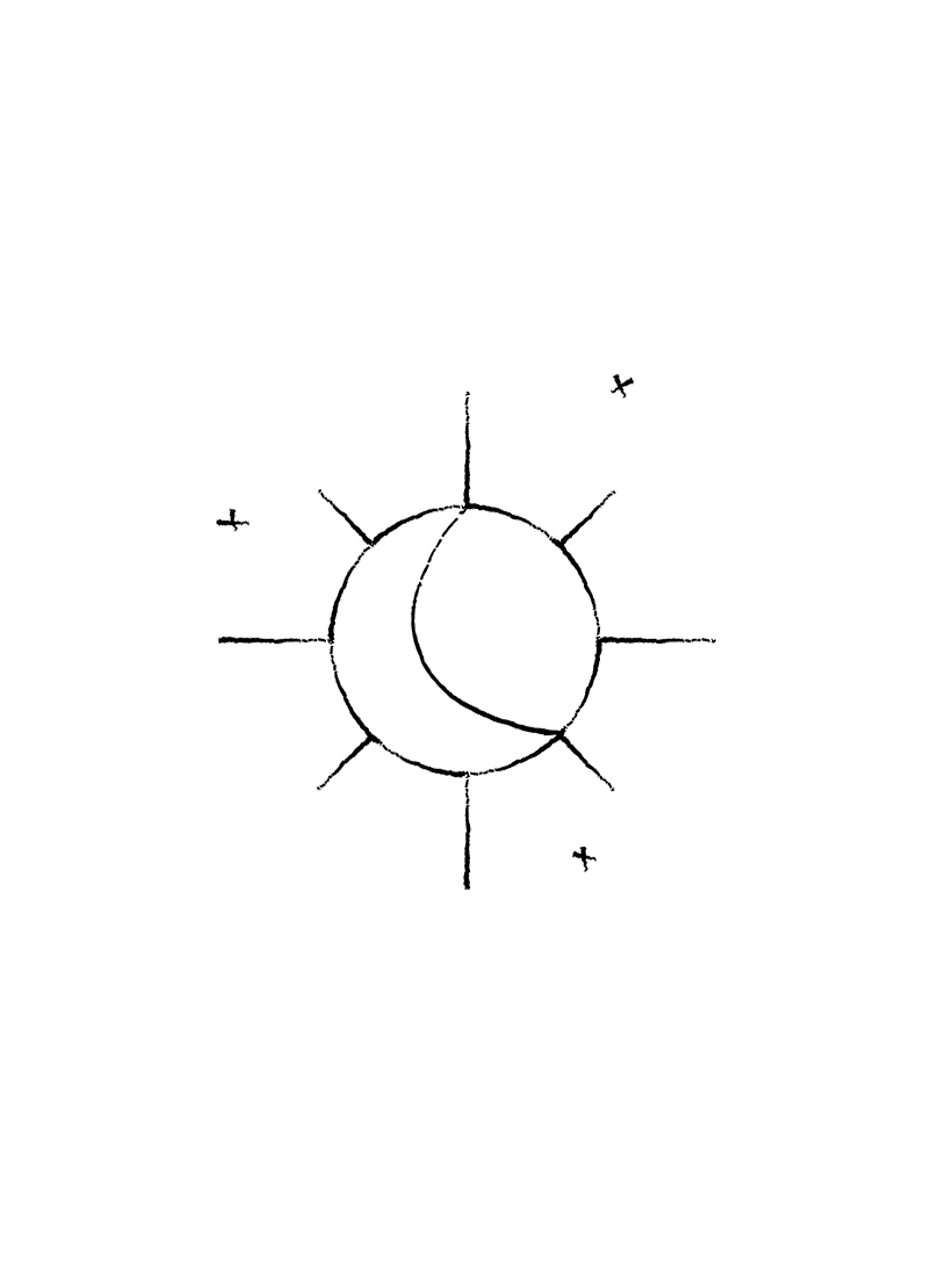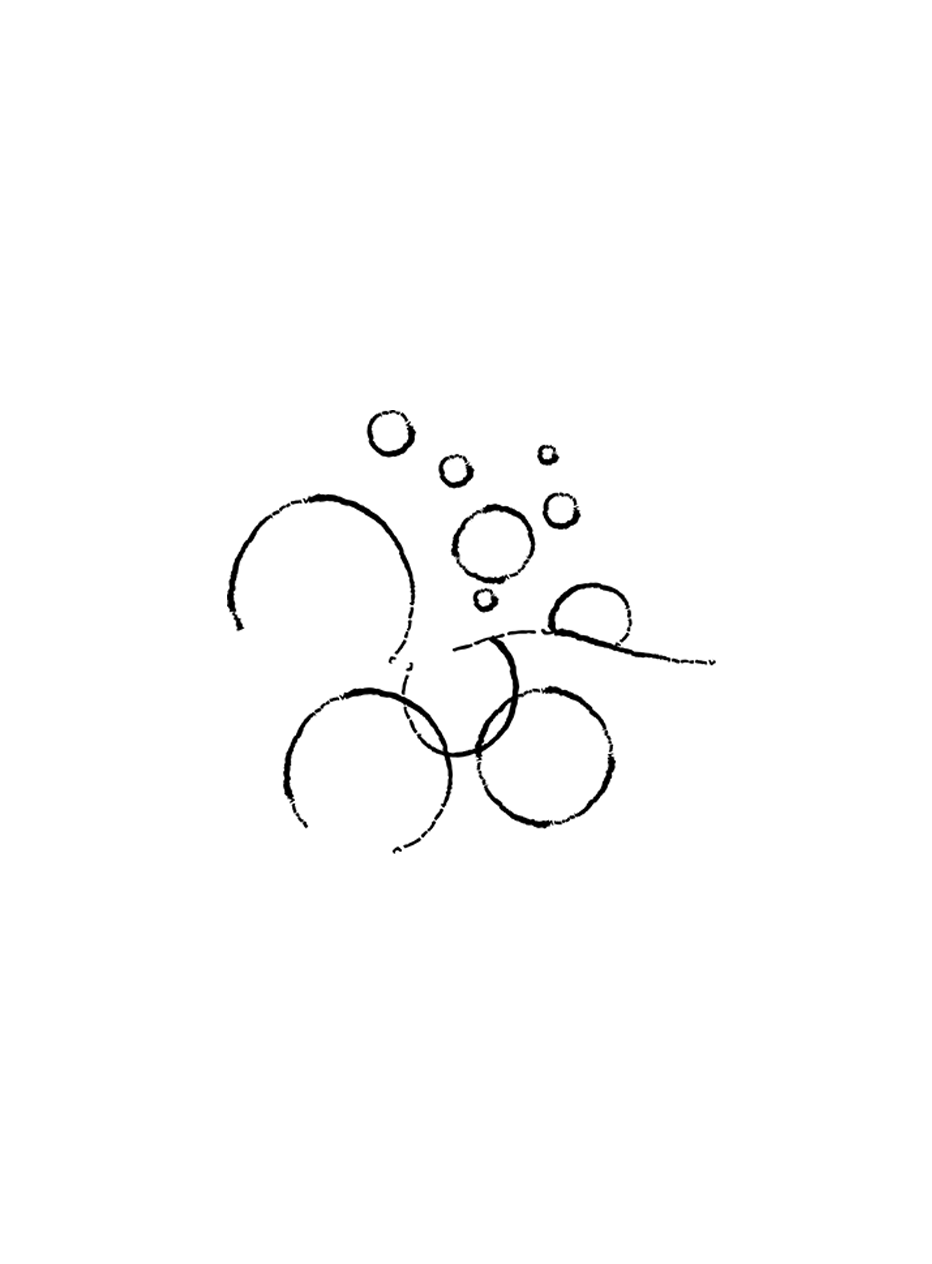

Colorfastness: a textile term used to describe how well a fabric adheres to dye, and the fabric's resistance to fading, running, and discoloration. You've probably seen it on detergent labels.
The thing about anything with pigment (like dyed fabrics) is that they all fade with time. (Even the Mona Lisa needs a touchup every couple of years.) Exposure to the elements causes fading, and any number of factors contribute to how quickly a fabric fades: Light exposure, dye color, material makeup, dyeing method—countless variables play a role.
Our fabrics have been rigorously tested and meet the industry-standard benchmarks for colorfastness. But we're committed to offering slipcovers free of any chemical coating, including U.V. protection. Learn more in our post about performance. It's a tradeoff that enables us to craft gorgeous natural and recycled materials that are exceptionally soft but require a little mindfulness.
Don't worry—it's not as high-maintenance as it sounds. Here are some tips, context, and answers to common colorfastness q's.
Q.
Will my slipcover fade in the sun?
The hard truth is that any fabric, natural or synthetic, will fade with consistent sun exposure. Distinct, irregular fading isn't inevitable, but it is important to consider sun exposure when styling your room.
Sunlight contains three kinds of light: visible light (which we see), infrared light (which we feel as heat), and ultraviolet (U.V.) light (which is the kicker here). Though it can't be seen or felt, U.V. light does the most damage when it comes to bleaching and fading fabrics. It shouldn't come as a surprise, considering the lengths we go to protect our skin from U.V. rays.
While lighter fabrics are reflective, darks and colors absorb light and heat, accelerating the breakdown of pigment and making them more susceptible to fading.
So if your room is drenched in sunlight, consider a light color, or keep things away from that big, light-filled window. (Or hey, if you're like us and you enjoy the natural wear and tear of all-natural materials over time, embrace the fading!) Either way, periodically rotating cushions will go a long way in making sure your products fade evenly.

Q.
I feel like a lot of dye bled from my slipcover after the first wash. Is that—
Normal? Yup. We pre-wash our fabrics during production to rid the material of excess dye. But, the darker the color, the more pigment is needed to saturate the fiber, the more runoff there is likely to be the first time you wash at home. Think of a good pair of dark jeans—it's often recommended to wash denim in cold water before wearing them to remove excess dye, lock in the color, and prevent color transfer.
Also similar to high-quality denim, our Light Weight Linen, Medium Weight Linen, and Washed Cotton Linen are pigment-dyed to achieve their unique, worn-in look. They're also more likely to fade in the wash than our cotton and primarily cotton blends. This is partially due to the nature of the pigment dyeing process—since the dye is placed onto the slipcover after it's constructed, the core of the fabric fibers is never fully saturated.

Q.
What causes fading & discoloration?
Noticeable fading and discoloration occur when the molecular bond between dye pigments and fabric fibers breaks down. These bonds dissipate naturally over time, but light, heat, moisture, and friction accelerate the process.
Q.
Will my slipcover fade in the wash?
As with any dyed textile, it's normal to see some fading over several wash cycles. But you can take precautions to ensure the change is very gradual and that the effect is subtle, if noticeable at all.
Broken record disclaimer: if you have an all-natural fabric slipcover, we strongly recommend bringing it to a professional dry cleaner for washing and stain removal. (Recycled Faux Fur is machine-wash only.)
Laundering all-natural materials is a delicate process, and an expert will know the best method for cleaning the slipcover without harming the fibers or affecting the color. Remember, heat is the nemesis of pigment. Make sure to find a dry cleaner with experience working with natural fabrics and ask them to stay away from high heat if possible.
Fabrics are more prone to fading when totally saturated with water than when they're dry—this goes for linen in particular. If you choose to clean your slipcover at home, wash on a cold, gentle cycle with a mild detergent to prevent color from running excessively. To avoid damage from friction (wet crocking), close all zippers and wash slipcover pieces without other clothing or laundry in several small loads (don't crowd the machine). There are many great detergents on the market that are gentle on colors. For bright, high-pigment fabrics, stay away from enzymatic cleaners that are "tough on stains." Detergents that specifically call out "darks" or "color cycles" are usually a safe bet.
And if you're going to wash one segment, (like a back cushion slipcover), we strongly recommend washing the whole slipcover set (again, small batches without other laundry) to ensure even wear and color uniformity.
Q.
Is linen more likely to fade in the wash than cotton?
Flax, the fibers used to make linen, is inherently absorbent—its moisture-wicking properties make it a popular material for bedsheets. The flip side of the coin is that linen has the potential to become oversaturated when soaked, which can lead to spotting, running, or discoloration.
We don't use any harsh chemical sealants to counter linen's natural absorbency—it's one of the reasons we don't recommend spot-cleaning our Light Weight Linen, Medium Weight Linen, or Washed Cotton Linen. When cleaning a spill, it's crucial to refrain from rubbing, which can lift the dye or spread the liquid, causing further damage. Instead, place a clean white cloth on top of the spill to absorb excess moisture (or, for standing spills like ketchup, scoop it up with a spoon).

